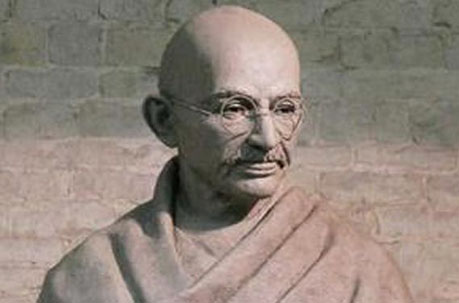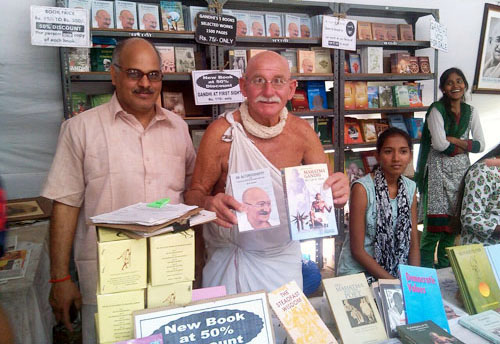Gandhi statue to be unveiled in London's
Parliament Square on March 14

The much-awaited Mahatma Gandhi's bronze statue
at Britain's historic Parliament Square, London will be unveiled on March 14,
Prime Minister David Cameron announced. The announcement came as the
Gandhi Statue Memorial Trust surpassed the one-million pound mark in donations,
with steel tycoon Lakshmi N Mittal adding 100,000 pounds and the Infosys Board
chaired by K V Kamath 250,000 pounds in the last few weeks.
Finance Minister Arun Jaitley is expected to be
the special guest at the ceremony to install the statue, which will be the last
one to up in the square alongside South African anti-apartheid leader Nelson
Mandela and Britain's war-time Prime Minister Winston Churchill.
"The statue in Parliament Square not only
marks his huge importance in the history of both our countries, but will enrich
the firm bond of friendship between the world’s oldest democracy and its largest,"
Cameron said in a statement.













